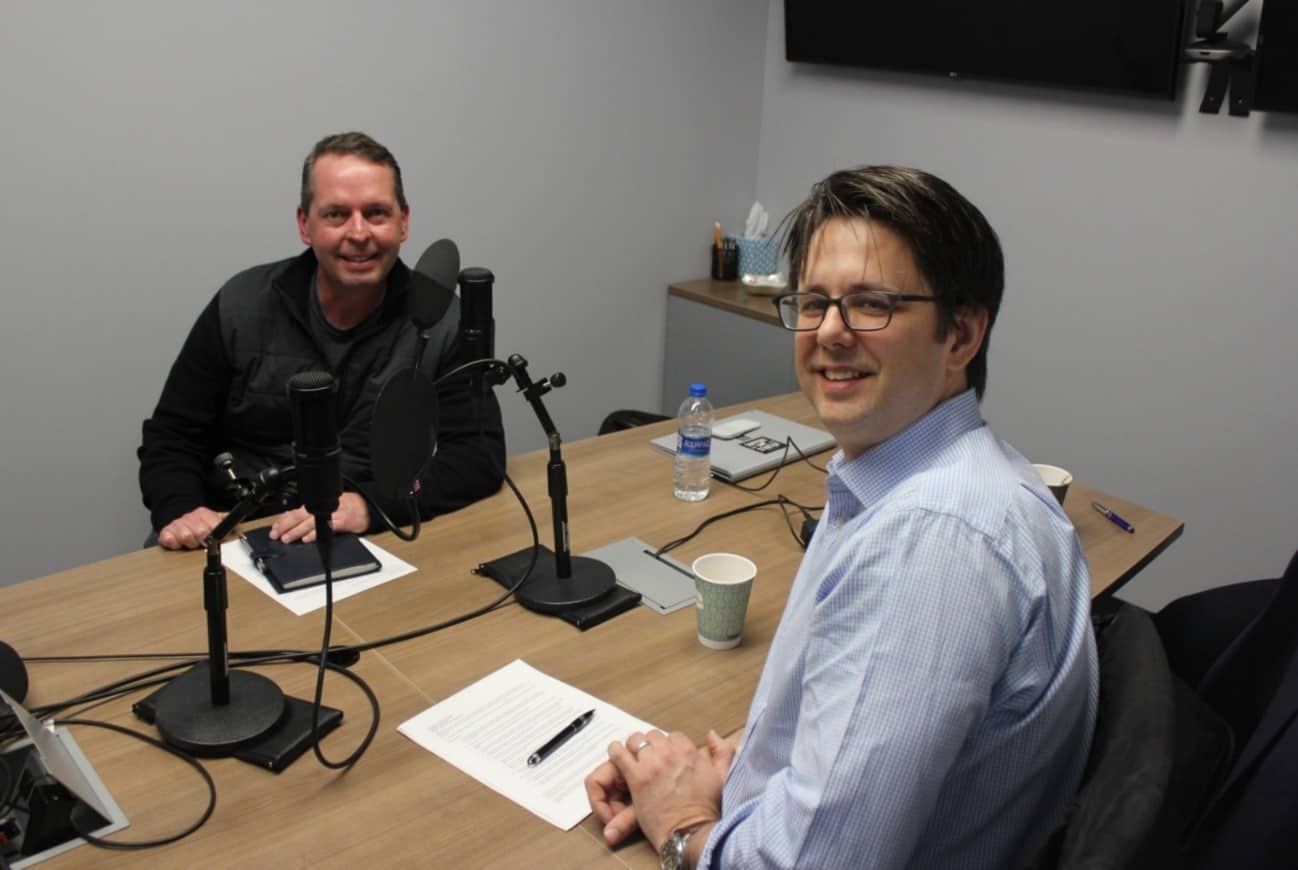Finance transformation is reaching a digital crossroads. On one side, finance leaders face what is now a standard set of questions. What are the operational and financial impacts of modernizing business models? How will the organization attract new talent to develop and lead these new innovations? And how will advanced analytics like machine learning (ML) help to optimize these critical decisions? Many leaders even go farther and ask – is the future of finance about people or technology?
Across the intersection, finance leaders face their past, present and future. While the trip down memory lane may be painful for some, it is essential. Because if your organization doesn’t have a good handle on the financial close, data quality or planning processes – the fundamentals – you are going to have a hard time moving the business forward. Sure, maybe the basics don’t get the same attention as all the new buzzwords. But that’s OK. Why? Because getting the fundamentals right is the foundation for modern finance.
OneStream is at the center of digital transformation within the office of finance – where people and technology converge. So when OneStream was asked to take part in EY’s Better Finance Podcast, it felt like the perfect opportunity to help get our message out to a new audience. Better Finance is hosted by Americas Markets Leader, EY Financial Accounting Advisory Services (FAAS) Myles Corson. The series features innovators like OneStream partner Microsoft to discuss the changing dynamics of the business world and what it means for the finance leaders of today and tomorrow. Here are some of the highlights showcasing our very own Tom Shea, OneStream CEO.

Finance Transformation Can Be Rational
One of the key topics Mr. Corson discussed with Tom was the role of technology in finance transformation. Despite the pressure to automate processes faster or take advantage of new capabilities like machine learning, buying more software cannot always be the solution. “There is a cost to integrate all of those processes,” said Mr. Shea. Finance transformation starts with basic blocking and tackling like automating the financial close, data quality, and a variance analysis between actuals and budgets.
While many don’t think of the basics as transformation processes, “they are the elements that you should be able to do without a single question,” according to Mr. Shea. He stressed that “it’s [about] making sure that we’re not doing the non-value-added working and having a system that we can rationalize all these pieces together as one.”
Record with ERP, Enrich with CPM
Mr. Corson then inquired about the differences between ERP and CPM. With our focus on the office of finance, we often talk with customers, partners and prospects about this. Typically, we characterize these two transformative technologies into the following categories:
- ERP systems, which help companies run the business.
- CPM systems, which help companies manage the business.
“When I think of ERP, I think of recording transactions,” said Mr. Shea. That’s not to suggest that ERP systems cannot produce meaningful information. But by design, they only capture “what is going on” within the business. Conversely, CPM is designed to be the recipient of ERP data – “to enrich and supplement recorded data with calculations and intuition, so the data can be used to make decisions,” said Mr. Shea. He went on to comment that for large organizations that have multiple ERPs or have grown through acquisitions, CPM can be an especially powerful way to manage all the logistics and data collection while providing transparency to source systems. By automating these basics and building a foundation for effective decision-making, CPM can be a platform for transformation and advanced analytics.
Machine Learning: It’s Not Skynet
While not yet widely adopted, machine learning (ML) will no doubt transform the forecasting process. This is because ML models, like top-tier Olympic athletes, are continually training, continuously improving and honing their skills – but with virtually the unlimited capacity of a machine. What is not yet known to finance leaders, however, is how ML models will be deployed. Will they be used for all forecasting processes? Will ML models completely displace humans from the process?
is because ML models, like top-tier Olympic athletes, are continually training, continuously improving and honing their skills – but with virtually the unlimited capacity of a machine. What is not yet known to finance leaders, however, is how ML models will be deployed. Will they be used for all forecasting processes? Will ML models completely displace humans from the process?
Like with anything new, there are a lot of open questions. “One of the things I talk about right now is it’s not Skynet. There isn’t a magic easy button that we will press and all of a sudden you get a magical prediction,” said Mr. Shea, in reference to the famous Terminator movies and what many cloud-based point-solutions describe as embedded analytics.
Instead, Shea sees finance people and data scientists collaborating through a platform like OneStream to integrate business acumen with ML models. “Like OneStream does to align finance with sales planning or detailed operational planning – OneStream will connect ML models in R, Python and/or Azure ML directly into the financial planning process,” explained Mr. Shea.
Smarter CPM with the Smart Cloud
Another topic at the center of finance transformation is the cloud – which is a critical element to enable  collaboration in the planning process. However, CPM is in the early phases of leveraging the cloud’s full benefits to drive platform performance. According to Mr. Shea, “At first, cloud was just about infinite storage, but now you’re seeing that it can be about infinite compute. And being able to access infinite compute means that software engineers and developers are going to be liberated by the intelligence of the smart cloud.”
collaboration in the planning process. However, CPM is in the early phases of leveraging the cloud’s full benefits to drive platform performance. According to Mr. Shea, “At first, cloud was just about infinite storage, but now you’re seeing that it can be about infinite compute. And being able to access infinite compute means that software engineers and developers are going to be liberated by the intelligence of the smart cloud.”
With the “smart cloud,” Mr. Shea is referring to the ability for Microsoft Azure to create virtual servers on demand, turn them on or off based on usage and only charge customers for what they consume. OneStream is laying the foundation to leverage the Smart Cloud with our OneStream XF 5.0 release. “Our X-scale series of releases is focused on this ability for us to interact with this new world – this new cloud to manufacture resources on demand and then turn them off, giving the customer the best possible performance for the lowest possible cost,” said Mr. Shea.
To conclude the podcast, Mr. Shea discussed many topics including finance talent management and our recent announcement of KKR as OneStream’s first external investor. Lastly, Mr. Shea was asked if he had any additional practical recommendations for customers in starting their digital transformation journeys. His answer? “For huge companies with so many systems, don’t be so overwhelmed that you can’t start. It is okay to take one problem at a time and build on it incrementally.” Mr. Shea’s advice is to think big – but start small!
Learn More
To learn more about these topics and others, please check out the full podcast here. To learn more about the future of digital finance, register for Splash New Orleans or Splash Madrid for educational sessions, hands-on workshops, inspiring keynotes, customer success stories and multiple networking opportunities. You’ll also learn how to modernize finance with OneStream’s SmartCPM™ platform.
Get Started With a Personal Demo


